Increasing Energy Costs
The On-Grid Combined Heat and Power Market is experiencing a surge in demand due to rising energy costs. As traditional energy prices continue to escalate, businesses and consumers are seeking more cost-effective solutions. The integration of combined heat and power systems allows for the simultaneous generation of electricity and useful heat, which can significantly reduce energy expenses. Reports indicate that the adoption of these systems can lead to energy savings of up to 30%. This financial incentive is compelling for industries with high energy consumption, such as manufacturing and healthcare, thereby driving growth in the On-Grid Combined Heat and Power Market.
Technological Innovations
Technological innovations play a pivotal role in the On-Grid Combined Heat and Power Market. Advances in energy management systems, control technologies, and system integration are enhancing the efficiency and reliability of combined heat and power systems. For instance, the development of smart grid technologies allows for better monitoring and optimization of energy use, which can lead to improved performance of on-grid systems. Furthermore, the integration of renewable energy sources with combined heat and power systems is becoming more feasible, potentially expanding market opportunities. As these technologies evolve, they are expected to drive further adoption of on-grid combined heat and power solutions.
Growing Industrial Applications
The On-Grid Combined Heat and Power Market is witnessing a growing interest in industrial applications. Industries such as food processing, pharmaceuticals, and textiles are increasingly adopting combined heat and power systems to meet their energy needs efficiently. The ability to generate both electricity and heat on-site allows these industries to reduce energy costs and improve operational efficiency. Market analysis indicates that the industrial sector is one of the largest consumers of energy, and the shift towards on-grid combined heat and power solutions is expected to accelerate. This trend is likely to drive significant growth in the On-Grid Combined Heat and Power Market.
Government Incentives and Policies
Government incentives and policies are crucial drivers for the On-Grid Combined Heat and Power Market. Many countries are implementing financial incentives, such as tax credits and grants, to encourage the adoption of energy-efficient technologies. These policies not only support the initial investment in combined heat and power systems but also promote long-term operational savings. For example, some regions offer feed-in tariffs for electricity generated from these systems, making them more attractive to potential users. As governments continue to prioritize energy efficiency and sustainability, the On-Grid Combined Heat and Power Market is likely to benefit from enhanced policy support.
Environmental Sustainability Initiatives
The On-Grid Combined Heat and Power Market is increasingly influenced by environmental sustainability initiatives. Governments and organizations are prioritizing the reduction of greenhouse gas emissions and promoting cleaner energy sources. The implementation of combined heat and power systems aligns with these goals by enhancing energy efficiency and reducing reliance on fossil fuels. Data suggests that these systems can lower carbon emissions by approximately 20 to 30% compared to conventional energy generation methods. As environmental regulations become more stringent, the demand for sustainable energy solutions, including on-grid combined heat and power systems, is likely to rise.



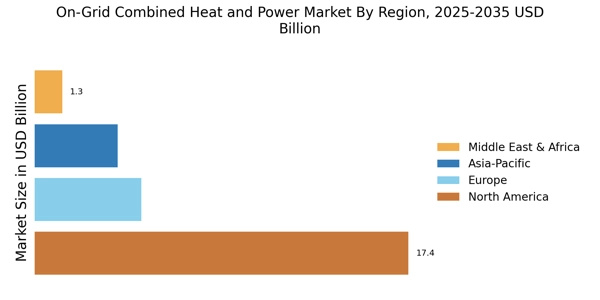
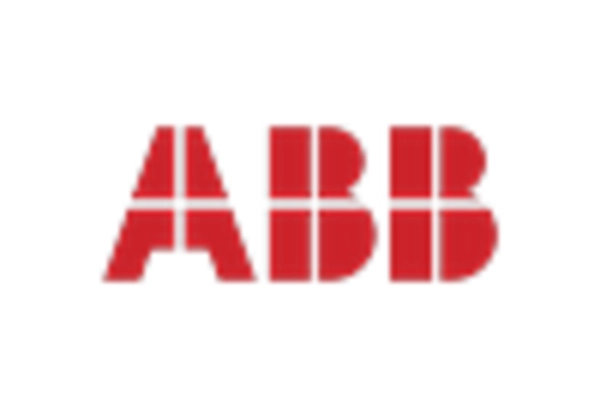
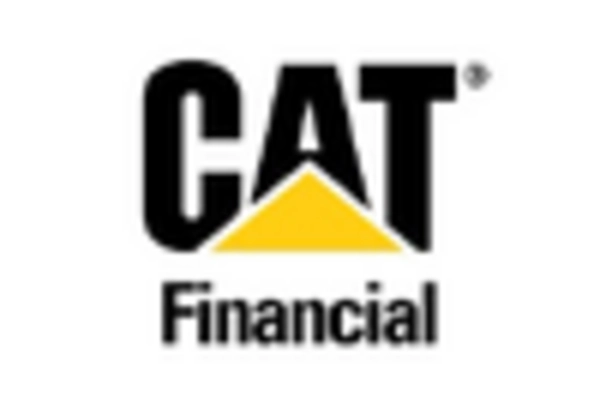

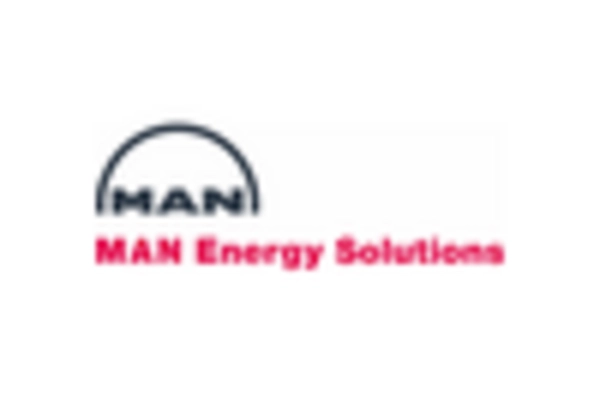
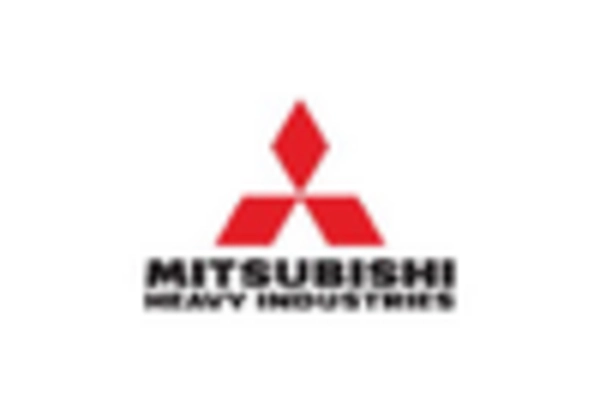









Leave a Comment